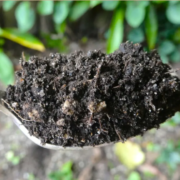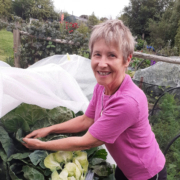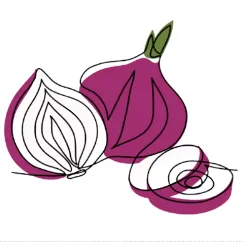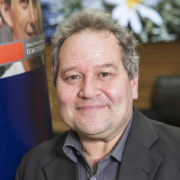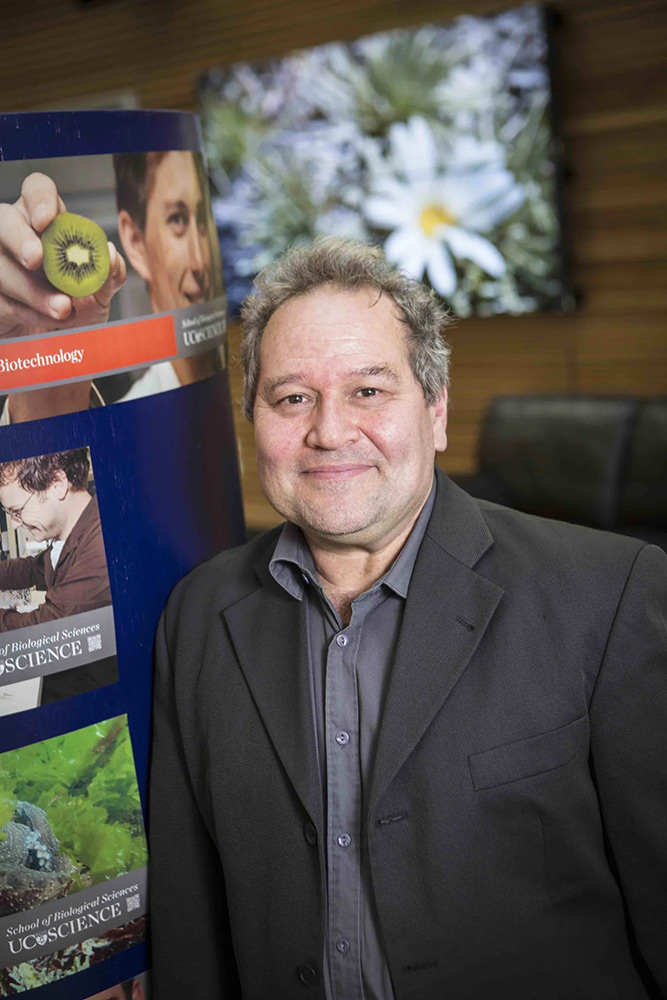Life Underground – A Guide To Aotearoa’s Soil Food Web
One teaspoon of healthy soil may contain more living organisms than all the people on Earth...
Without the diverse organisms within our soil there would be no land- dwelling life on Earth. Duncan Smith describes the creatures and critters that underpin our plants, and ultimately, ourselves.
We hope you enjoy this free article from OrganicNZ. Join us to access more, exclusive members-only content
Fertile soils teem with life. A study by Swiss scientists in 2023, estimated that soil is likely home to 59 percent of all life, including everything from microbes to mammals, making it the singular most diverse habitat on Earth.
There are myriads of species of bacteria, actinomycetes, archaea, algae, fungi, invertebrates, and other organisms in soils. Most are beneficial to our plants – some are harmful pests and diseases, but they are more than outweighed by organisms that are either favourable, or harmless, to plants.
“To be a successful farmer, one must first know the nature of the soil.”
– Xenophon, Oeconomicus, 400 B.C.
Bacteria
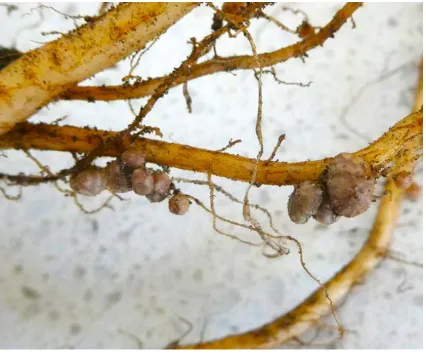
Bacteria are tiny single-celled organisms found almost
everywhere on Earth; even our bodies are full of them. Soils
host multitudes of species; a gram can contain millions to
billions of them.
Bacteria can reproduce rapidly and thrive in countless
diverse soil environments, from deserts to wetlands,
tropical rainforests to alpine regions, all playing an
essential role in nutrient recycling, organic matter
decomposition, and disease suppression. Some bacteria are
involved in denitrification, where nitrate is converted back
into nitrogen gas. Others, like the Bacillus spp., produce
substances toxic to insect pests.
One non-photosynthetic group of bacteria, Rhizobium
spp., even forms a symbiotic relationship with plants of
the pea family (legumes). It lives within nodules on their
roots where they take nitrogen from the air, fix it and make
it available to legumes as free fertiliser (air contains 78
percent nitrogen). The energy these bacteria require for
this process is made available to them by the plant through
photosynthesis.
Archaea
Archaea are single-celled microorganisms, once classified
as bacteria but later confirmed as a separate group. They are
found in soils, oceans, and in our bodies. They are smaller
than bacteria and have similar features that contribute
to nutrient recycling. Their essential difference is that
some can adapt and thrive in extreme environments,
whereas bacteria can’t.
For this reason, they may be able
to help plants adapt to stresses caused by factors such
as heavy metal contamination, high salinity, pressure,
and temperatures. Studies have shown that archaea can
enhance plant immune responses by triggering induced
systemic resistance to pathogenic bacteria.
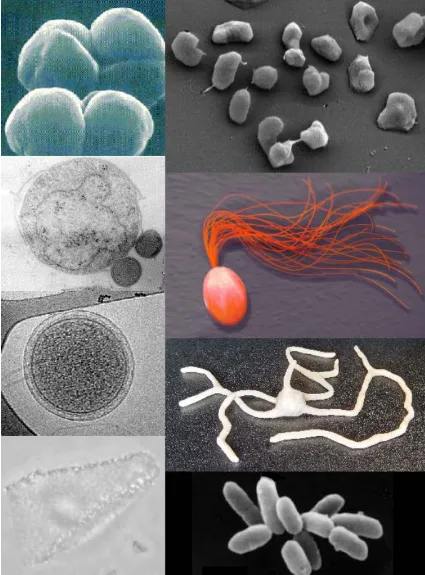
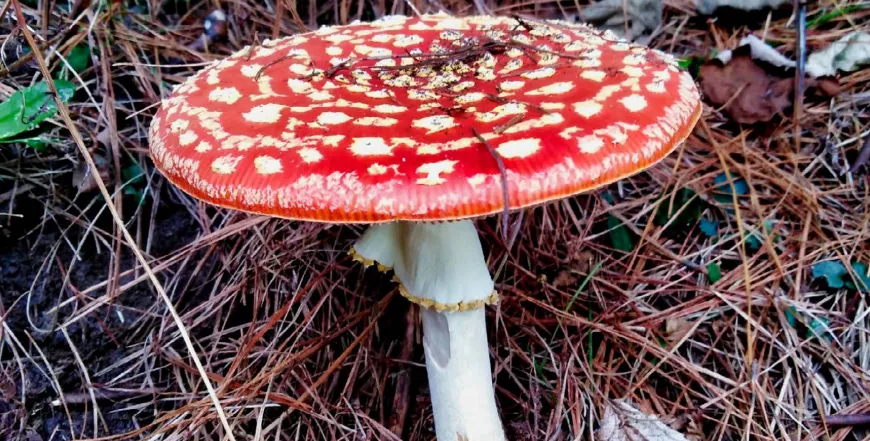
Fungi
Hidden underground are soil fungi, recognised by their dense network of filamentous hyphae. These create a physical structure that binds soil particles together, which improves soil structure, water retention, and aeration. When conditions are suitable, hyphae form an above- ground body (mycelium) which we identify as a mushroom or toadstool.
Interactions between soil fungi and other organisms within the soil food web are dynamic, interconnected, and essential for any ecosystem’s sustainability.
Vital elements of some soil fungi include the decomposition of organic matter and nutrient recycling, releasing CO2 into the atmosphere. Some can act as biological control agents against pests and disease pathogens.
The mycorrhizal group of fungi form essential symbiotic relationships with plant roots. Nearly 80-90 percent of all land plants depend on these mycorrhizae and could not thrive without them. Likewise, mycorrhizae could not survive without plants.
Mycorrhizae grow in and around the plant’s root system, its vast underground hyphal network extending the plant’s reach. They help plants obtain more nutrients from the soil, including phosphorus, zinc, copper, and magnesium, that they would struggle to get on their own.
In return, the plants provide mycorrhizae the sugars, lipids, and carbon they need to grow their hyphal network. When hyphae die, their carbon is stored in their fungal necromass (dead organic matter, decomposed by soil organisms). It can remain in soils for long periods.
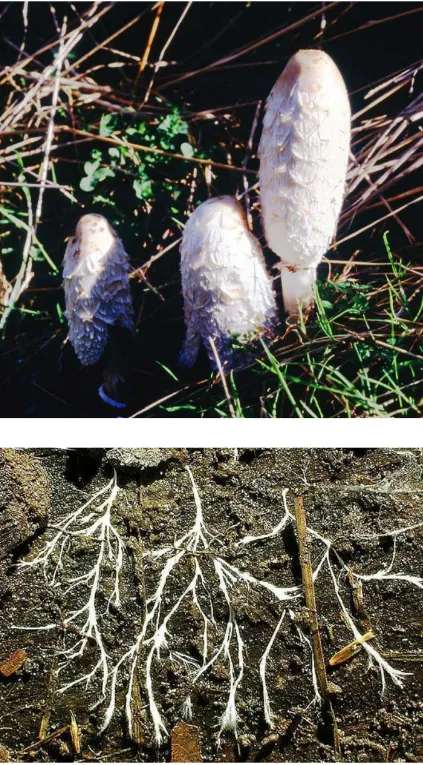
Nematodes
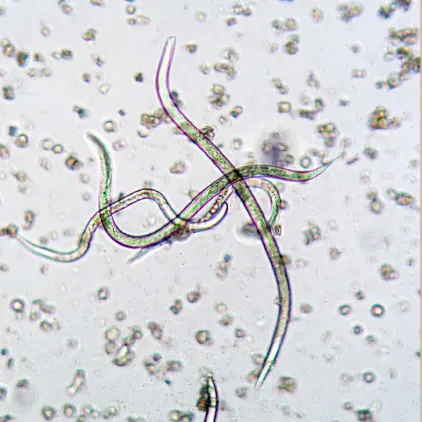
Nematodes are thread-like microscopic roundworms and are among Earth’s most abundant animals. They inhabit multiple environments, including our soils, in the water films that surround soil particles. They interact with other soil microorganisms, such as bacteria and fungi, helping to decompose organic matter, which is critical for the balance, health, and functioning of soil ecosystems.
Some feed on soil fungi, bacteria, and other tiny organisms, and others form mutualistic relationships with plants, assisting them in nutrient uptake. Two soil nematode species, Steinernema and Heterorhabditis spp., are known to be beneficial in controlling a wide range of harmful insect pests.
They carry lethal bacteria, Xenorhabdus spp. and Photorhabdus spp. Susceptible insect prey are killed by the nematode and the bacteria combined. These nematodes are now used commercially as bio-control agents. Some nematodes are harmful to plants, e.g. Meloidogyne spp. (root-knot nematodes),that feed on plant roots.
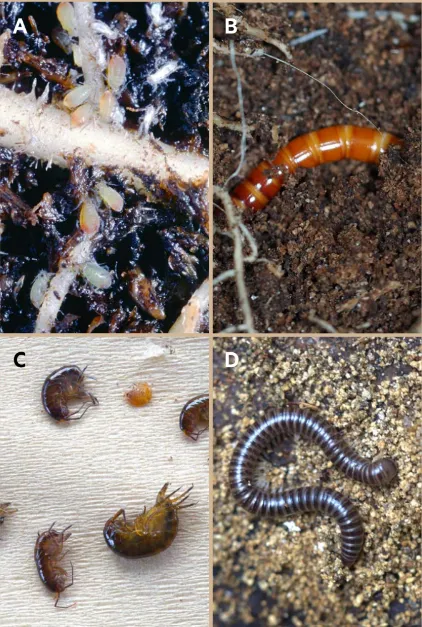
Arthropods
Arthropods are the largest animal kingdom group, which includes insects, mites, spiders, centipedes, millipedes, lobsters, and crabs In soils, microarthropods, like mites and springtails, are important decomposers.
Some are predators of other soil organisms, including nematodes and small insects. Others feed on dead plant material, fungi, and bacteria, then release nutrients into the soil which become available to plants.
Some microarthropods, especially mites, contribute to plant dispersal by distributing tiny seeds stuck to their bodies. Larger arthropods, like ants, millipedes, and beetles, contribute to the aeration of soils, improving water infiltration and root penetration. They also improve soil fertility by breaking down dead plant material and animal remains, which are vital in nutrient recycling.
Left: A. Microarthropods – Rice Root Aphid (Rhopalosiphum rufiabdominale), B.
Arthropods – Wireworm, the larval stage of Click Beetles (Conoderus exsul), C. Microarthropods – Springtails (Collembola spp.), D. Arthropods – Millipede
(Eumastigonus spp.).
Earthworms
Earthworm population is an indication of soil life, as they significantly increase fungal and bacterial activity, which in turn improves soil health and provides nutrients for other soil microorganisms. Earthworms enhance soil structure through burrowing, promoting aeration and water infiltration. Some species pull leaf litter and other organic matter underground before feeding on it.
Earthworms eat soil, which helps to grind their food into smaller pieces. Once through their gut, their faeces contain food for other soil microorganisms, which break them down further. This natural cycle, via earthworms and soil microorganisms, makes many soil nutrients and minerals available to plants that would otherwise be inaccessible.
Protozoa
Protozoa are microscopic, free-living, single-celled organisms, e.g. amoebas and flagellates, contributing to the soil ecosystems’ overall health and functioning. Flagellates have one or more whip-like appendages called flagella, used for movement and touch. Protozoa are similar to bacteria, but unlike them, they are bigger and have a nucleus and other cell structures, making them more like plant and animal cells.
Protozoa are predators of bacteria, fungi, and other microorganisms. They contribute to plant disease suppression and they excrete nutrients into soils. Other protozoa form symbiotic relationships with plant roots, which enhances nutrient uptake. Protozoa can break down complex organic compounds into simpler forms, releasing nitrogen, phosphorus, and carbon into the soil.

Viruses
Studies have found that soil viral abundance can range from below detectable levels to over one billion per gram. Viruses can infect bacteria and other soil microorganisms, but understanding soil viral ecology is a formidable challenge. The technological challenges required to characterise their abundance, diversity, community compositions, and interactions with other soil organisms in complex soil habitats are enormous. It will involve huge resources and studies before we begin to understand them.
Summary
The interactions between soil organisms contribute to an active and intricate soil ecosystem with several key outcomes:
- Decomposition – Fungi, bacteria, protozoa, and other soil decomposers release nutrients into the soil by breaking down more complex compounds into simpler ones.
- Nitrogen fixation – Some soil bacteria can convert atmospheric nitrogen into a form that plants can use.
- Mycorrhizal associations – Mycorrhizal fungi have a symbiotic relationship with plant roots, enhancing plant growth by aiding nutrient absorption, especially
phosphorus. - Soil structure and water regulation – Earthworms and soil organisms improve soil structure by burrowing and creating channels that improve aeration and water filtration and help prevent waterlogging. They also
promote soil aggregation, which, together with plant roots, helps to mitigate soil erosion. - Carbon sequestration – By breaking down organic matter and converting it into more stable forms, soil organisms contribute to carbon storage in soils.
- Disease suppression – Some soil organisms contribute to plant disease control by producing compounds that
impede their growth. - Symbiotic interactions – Mycorrhizal fungi and nitrogen-fixing bacteria are beneficial, symbiotic organisms that improve plant health and nutrient uptake.
- Sustainable agriculture – Soils with healthy flora and fauna reduce the need for artificial pesticides and fertilisers because they enhance soil fertility and natural pest control. Together, they help to support sustainable agriculture and horticulture.
How to maximise & sustain soil life
- Never use artificial chemicals or fertilisers;
they destroy soil microbes and harm
beneficial insects, pollinators, and wildlife.
- Avoid digging and compacting soil, which
destroys soil life and structure.
- Continually add organic matter (grass
clippings, leaves, twigs, small branches, fruit
and vegetable peelings) which feed soil
microorganisms and add valuable nutrients
to the soil.
- Seaweed can benefit soil health, supplying
humus, trace elements, minerals, and
essential nutrients.
- Use organic mulch year-round, to maximise
soil cover, suppress weeds, modify
temperature, and retain moisture.
Duncan Smith, MSc, MRSB (Agriculture and Plant Pathology) and his wife Judy established a BioGro-certified olive grove and award-winning vineyard in Gisborne and were self- sufficient in vegetables, fruit, and nuts. They now live in Whakatane.

